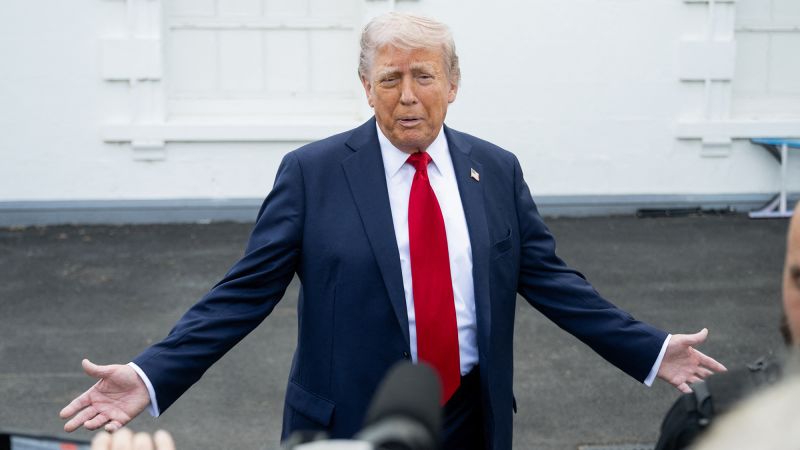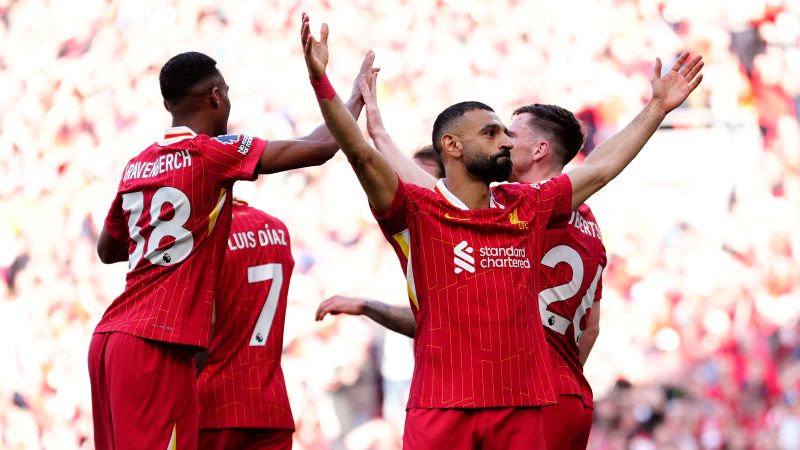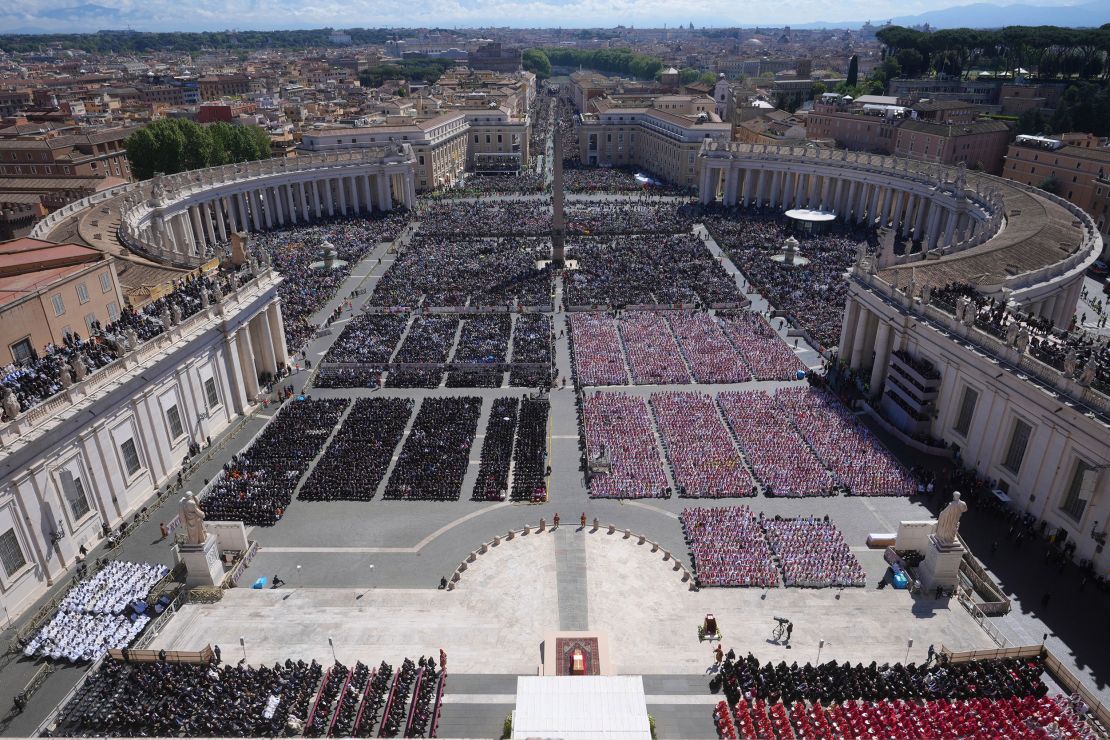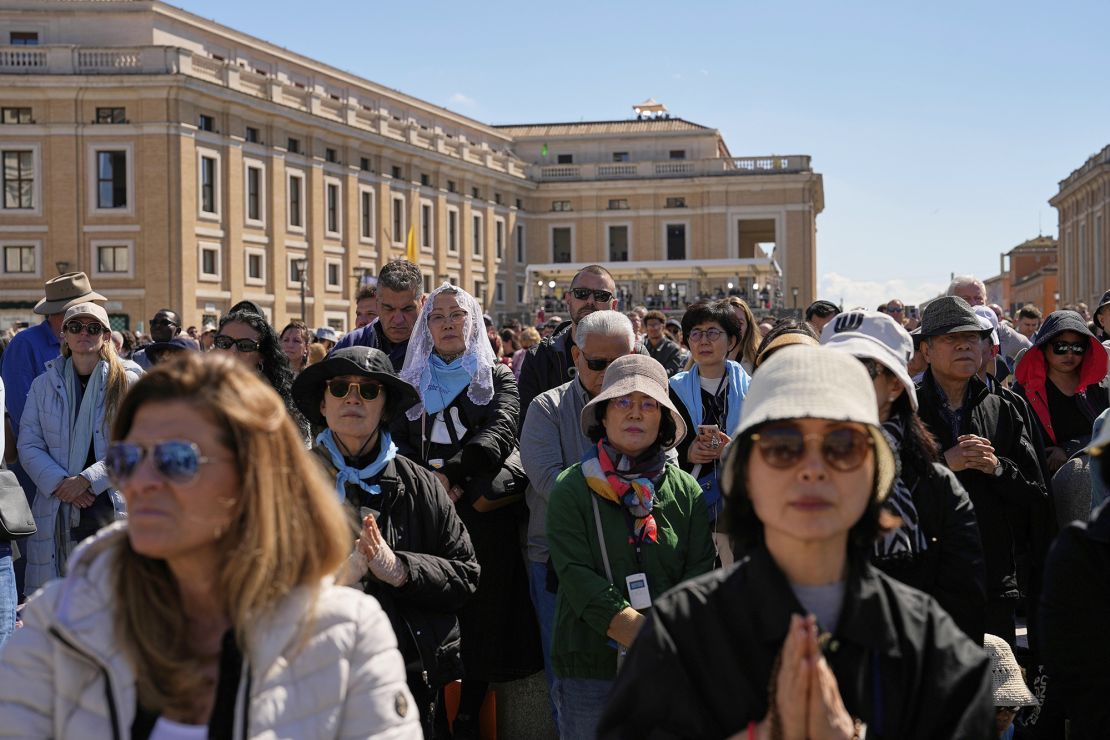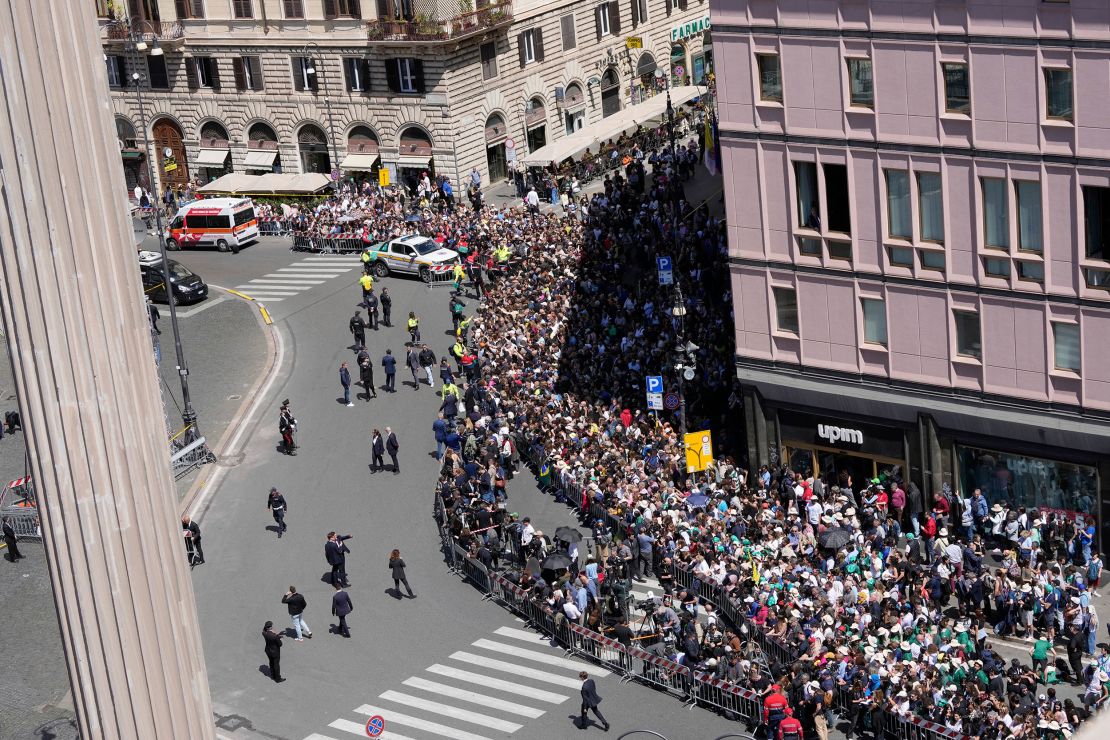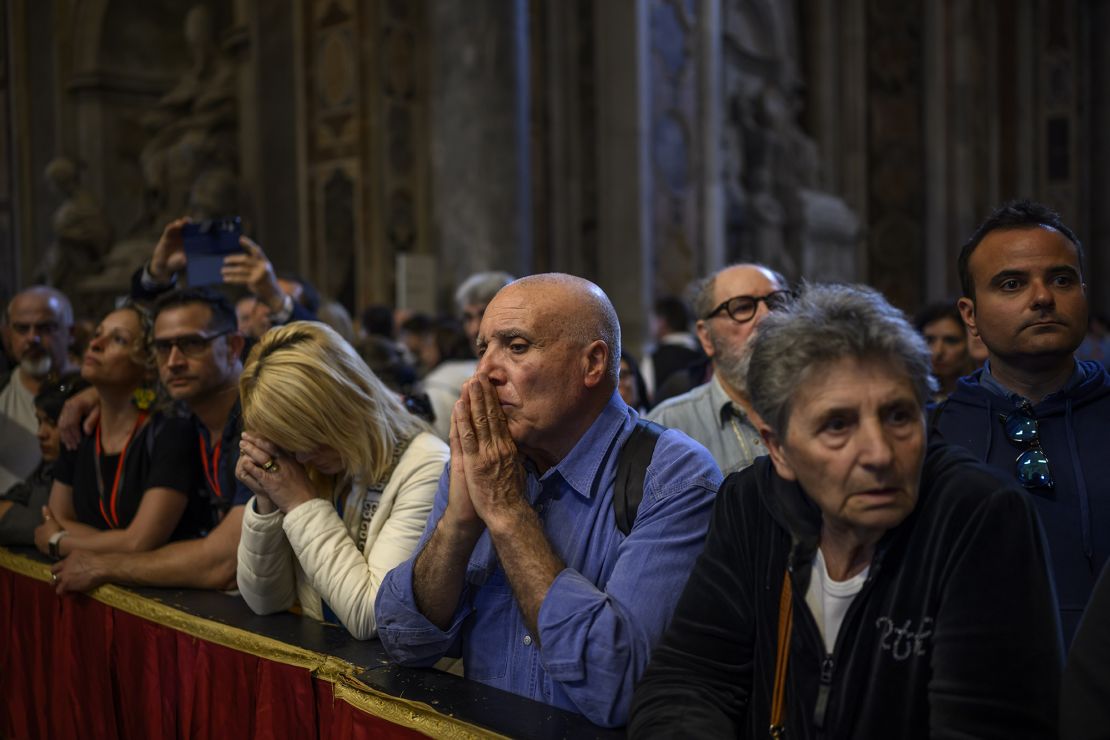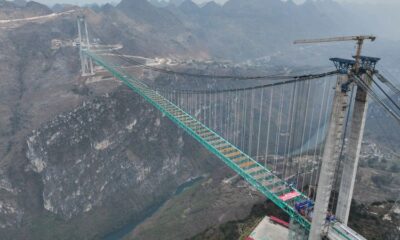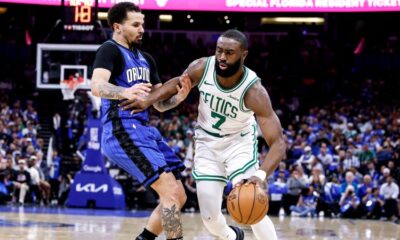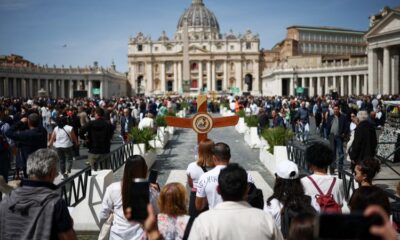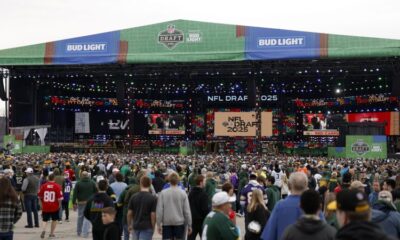CNN
—
US President Donald Trump’s suggestion that Ukraine should recognize Russia’s control over Crimea, the southern Ukrainian peninsula that Moscow annexed more than a decade ago, is threatening to upend international law and order.
Ukraine’s President Volodymyr Zelensky has long made it clear this is a red line for him.
“There is nothing to talk about. It is against our constitution,” he told reporters on Tuesday.
Trump scolded Zelensky for that remark, accusing him of making it “so difficult to settle this war” and saying Crimea was “lost years ago.” It is a topic Trump revisited in an interview with Time magazine, saying as part of his proposal to end the war “Crimea will stay with Russia. And Zelensky understands that, and everybody understands that it’s been with them for a long time.”
This spat between the two presidents has put the region firmly back on the agenda. Here’s what we know.
No. If the Trump administration was to somehow recognize Russian sovereignty over Crimea, it would be breaching international law as well as multiple declarations and agreements made by the United States, including by the first Trump White House.
“In terms of international law, such a pronouncement would be null and void,” said Sergey Vasiliev, an international law expert and professor at the Open University in the Netherlands.
“That territorial acquisitions that result from the use of force shall not be recognized as legal is basically one of the bedrock principles of international law,” Vasiliev told CNN.
Recognizing Crimea as part of Russia would put the Trump administration in breach of the 1994 Budapest Memorandum, in which the US made a commitment to respect Ukraine’s sovereignty and borders, in exchange for Kyiv giving up its nuclear weapons.
In 2018, during the first Trump administration, then-Secretary of State Mike Pompeo issued a statement reaffirming the US’ refusal to recognize the Kremlin’s claims of sovereignty over Crimea.
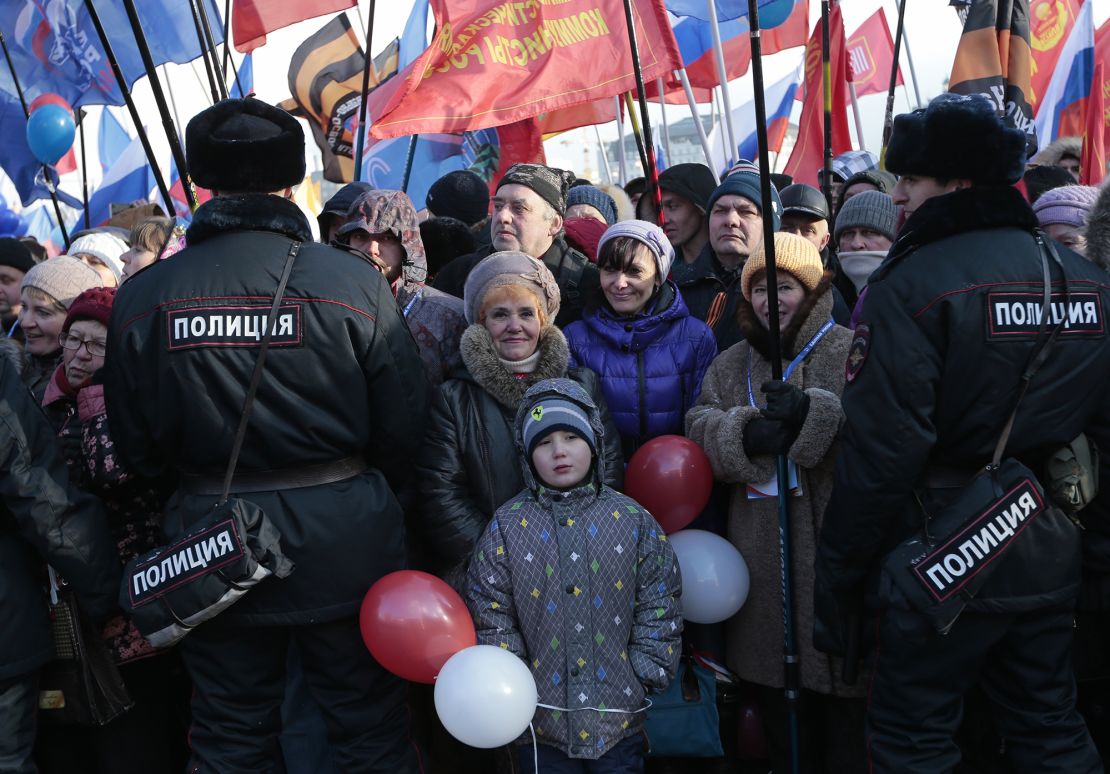
Carla Ferstman, a law professor at Essex University and director of its Human Rights Centre, said that recognition of Russia’s sovereignty over Crimea by the US “could in principle provide some weight” to Moscow’s claim that the peninsula’s status was decided in a 2014 referendum that was condemned by Western powers as a sham.
“Far more likely, however, is that such a declaration creates a further rift between Europe and the US, and within NATO,” she said.
Recognizing Crimea as Russian would also be illegal under Ukraine’s constitution – which is one of the reasons why Zelensky said it was out of the question.
But Vasiliev said that even if Ukraine changed its constitution and signed some sort of agreement handing sovereignty of Crimea to Moscow, this could be considered invalid if Kyiv was coerced into it.
Since any recognition of Crimea as part of Russia would be in breach of international laws and norms, it is unlikely that other countries would follow in the US’ footsteps.
“Given the fluidity of US positions under the Trump administration, it is not clear that it would have any practical impact,” Ferstman said.
“If this manifested into a clear and permanent position of the US, then it would make it more difficult for the US to engage in collective efforts in support of Ukraine and would make the gulf between the US and other NATO partners more entrenched,” she added.
Crimea has been part of independent Ukraine since the country split from the Soviet Union in 1991.
Roughly 2.5 million people lived in Crimea before its illegal annexation in 2014 and many more would regularly visit the tourist hotspot, known for its beaches and nature reserves.
Many other Ukrainians have emotional links to the peninsula.
The crisis in Crimea started shortly after the 2014 mass protests in Ukraine that toppled the country’s Russian-backed regime of Viktor Yanukovych.
As the nation grappled with the chaos caused by the Maidan protests, Russian soldiers dressed as civilians or in uniform without identifying insignia – at the time referred to as “little green men” – started popping up outside government buildings and military bases across Crimea.
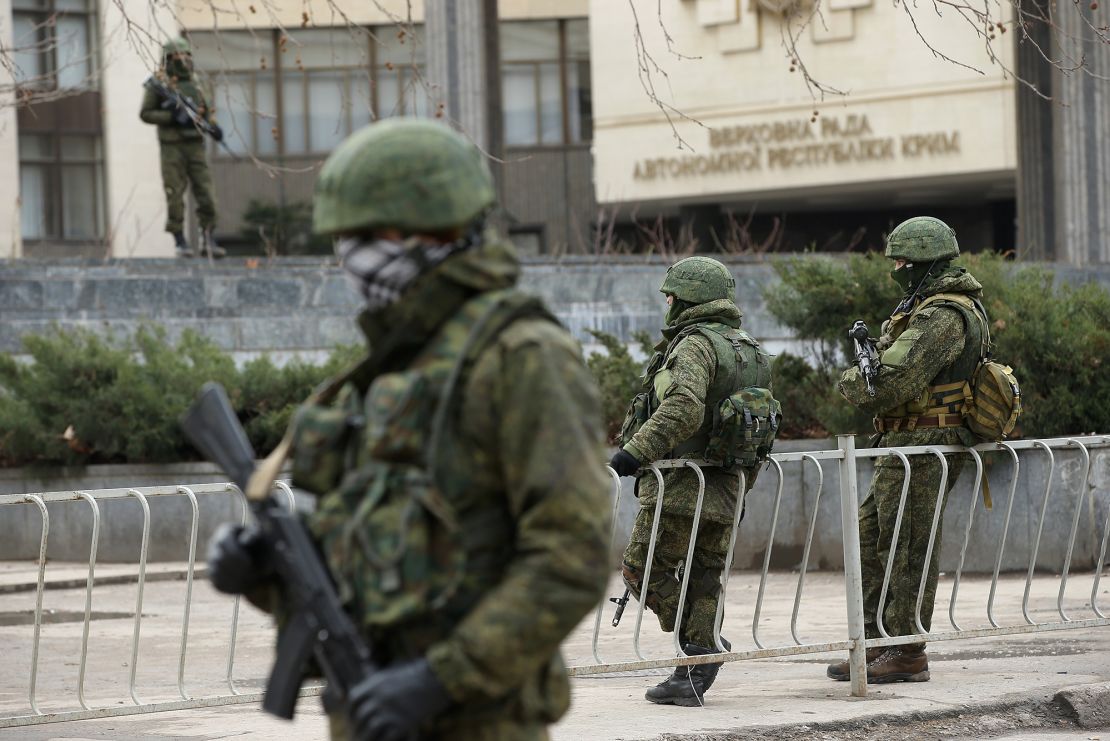
Russia has had a major naval base in the Crimean port city of Sevastopol for over 200 years. A dispute over that facility and the Black Sea fleet stationed there erupted between Kyiv and Moscow after the fall of the Soviet Union. The argument was later settled in a deal that saw Ukraine leasing the base to Russia in exchange for stable gas prices.
While Moscow denied any involvement in the appearance of the little green men in Crimea, it held a sham referendum on joining Russia just weeks after the covert operation. Putin would later acknowledge he had deployed Russian troops there.
In his latest tirade against Zelensky, Trump asked “why didn’t they fight for it eleven years ago when it was handed over to Russia without a shot being fired?”
The truth is more complicated than Trump suggests.
The Russian operation took Ukraine – and much of the world – by surprise. Russia spent weeks covertly beefing up its military presence across the peninsula before taking control, overpowering the Ukrainians.
No. Before the annexation, Crimea was part of independent Ukraine, known as the Autonomous Republic of Crimea, the only self-governing region within unitary Ukraine.
The peninsula voted for Ukrainian independence in a referendum in 1991. Before that, it was part of the Soviet Republic of Ukraine.
And while it’s true that Crimea was part of Russia for more than a century and a half – since it was annexed by Catherine the Great in 1783 until it was transferred to Ukraine in 1954 – this period is a relatively short blip in Crimea’s long written history, which dates back to 1,000 BC.
Over the course of the millennium, the peninsula was part of the Greek, Roman, Byzantine and Ottoman empires, it was invaded by Mongols and fought over by Venice and Genoa.
For some 300 years, Crimea was under the control of Crimean Tatars, who are recognized as the peninsula’s indigenous people. After the 18th-century Russian annexation, the Tatar population lived through more than two centuries of persecution and exodus.
Russia has imposed an increasingly brutal and repressive regime on Crimea and its people over the past 11 years, human rights observers say.
The UN Human Rights Monitoring Mission in Ukraine has repeatedly reported on the human rights violations allegedly committed by Russia in occupied Crimea – from unlawful detentions, to sexual abuse and torture, to forcing people to send their children to Russian schools and training programs.
Russia has repeatedly denied accusations of human rights abuses, despite substantial evidence and victim testimonies.
According to official data from the Ukrainian government, more than 64,000 have fled the peninsula to other parts of Ukraine since the annexation. However, Crimean NGOs estimate the number of refugees might be twice as high, as not everyone has officially registered with the government.
Meanwhile, Moscow has worked on its plan to “Russify” the peninsula. It put in place incentives to persuade Russian citizens to relocate to Crimea and the Ukrainian government estimated in 2023 that some 500,000 to 800,000 Russians had moved there permanently since it was annexed, with the number jumping sharply after the opening of the Kerch bridge that connects Crimea to Russia.

